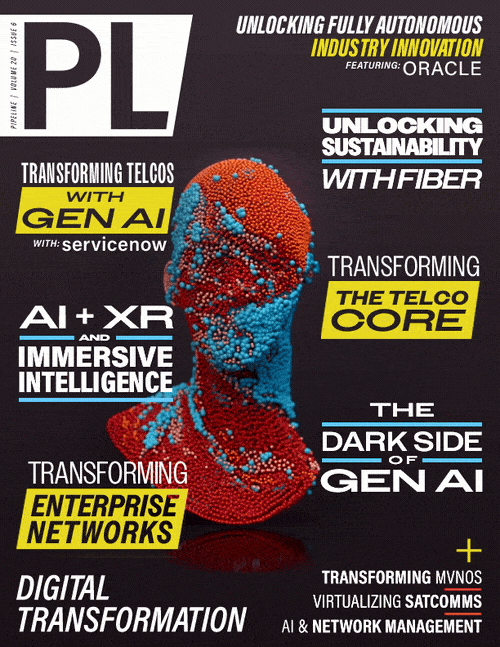The Dark Side of Generative AI:
A Taxonomy of Negative Possibilities
Cybersecurity
In addition to the economic impacts on quality of life, cyber crime threatens our modern infrastructures. Impairment of these infrastructure systems by cyber crime has already resulted in short-term negative impacts on quality of life.
There are two main sub areas of cybersecurity negative side effects: 1) application and infrastructure corruption attacks; and 2) social engineering attacks.
Application and Infrastructure Corruption
Application and infrastructure attackers seek unauthorized access to data, or unauthorized power to make cyber systems perform actions. They do this in a variety of ways that include unauthorized change of configurations, introduction of unauthorized code, etc. GenAI is exponentially increasing the capabilities of cybersecurity attackers to do these things and the current widely deployed defending technology is challenged to protect against it. It is as though attackers were acquiring bombs, while the defenders are still limited to knives.
This vulnerability stems from the fact that today’s defenses are primarily static. That is, they use pre-determined (static) patterns to identify attacks and scripts to apply responses (often called remediation). Because of their static nature, they are denoted as S2 (static attack recognition, and static remediation) systems. They work well against classes of attacks that are employed repeatedly and change relatively slowly. Such pattern recognition defenses act as specialized sieves that identify and filter data for specific threats. Each sieve resembles a guardian at the digital gate watching for and detecting known attack shapes. Experts then analyze the attacks and follow step-by-step guides to counteract. The process relies on a sequence of actions, much like a cooking recipe.
The effectiveness of sieve and recipe defenses depends on the pace an attack pattern changes. Rapid attack changes leave insufficient time to prepare new sieves or appropriate remediations.
GenAI can rapidly create (generate) a very large number of new attack types. The cost of each attack launch is relatively low, meaning that not every attack has to be successful. As a result, the number and variability of attacks can accelerate dramatically. The consequences are large numbers of attacks that change very rapidly—too rapidly for patterns to be identified and installed using current defensive tools. It is extremely difficult for such systems to defend against these GenAI attacks.
These types of GenAI-created attacks can be characterized as dynamic. Since the attacks are ever-changing, an effective response cannot be easily anticipated and scripted. A different approach is
needed that can respond to the dynamic nature of the attacks. Those attempting to develop dynamic defenses have to deal with two sets of problems: 1) latency; and 2) reliance on scripted
remediation. Current defense



















